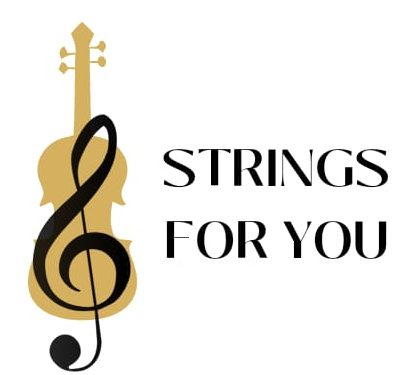In the realm of musical expression, wind instruments stand as a testament to the intimate relationship between sound and the human breath. From the haunting melodies of the clarinet to the triumphant fanfare of the trumpet, these instruments harness the very essence of the invisible force that gives them life – the wind. With their diverse shapes, sizes, and tones, wind instruments embody the spirit of musical diversity, each with its unique character and capacity for evoking a range of emotions.
One of the defining features of wind instruments is the direct correlation between the musician’s breath and the sound produced. The artist’s control over the intensity, duration, and tone of the notes is intricately tied to their mastery of breath control, transforming mere air into a vehicle for artistic expression. This dynamic interplay between the breath and the instrument bestows upon wind instruments a remarkable capacity to capture the subtleties and nuances of human emotion, rendering them as vessels for the soulful articulation of joy, sorrow, and every sentiment in between.
From the regal resonance of the French horn to the playful trills of the flute, wind instruments encompass a vast spectrum of timbres and textures that enrich the symphonic palette. The woodwinds, with their warm and resonant tones, evoke a sense of intimacy and introspection, while the brass instruments, with their bold and commanding presence, summon an aura of grandeur and majesty. Whether as solo performers or integral components of orchestral ensembles, wind instruments seamlessly blend into musical compositions, lending depth and character to the overall auditory tapestry.
Moreover, the rich history of wind instruments is as diverse as their sounds. With origins spanning ancient civilizations, these instruments have evolved over centuries, each culture infusing its unique essence into the craft. From the traditional oboes and bagpipes of folk music to the sleek saxophones and trumpets of jazz, wind instruments have transcended cultural boundaries, leaving an indelible mark on the global musical landscape.
Furthermore, the art of playing wind instruments extends beyond mere technical proficiency. It demands a deep understanding of musical interpretation and an intimate connection between the musician, the instrument, and the music itself. The breath becomes a conduit for the artist’s emotions, enabling them to articulate narratives and convey messages that resonate with audiences on a profound level.
In the symphony of life, wind instruments serve as conduits of human expression, carrying the whispers of the soul and the echoes of the heart on their ethereal breath. Their enchanting melodies remind us of the beauty and power of the intangible, bridging the realms of the seen and the unseen, and inviting us to embrace the winds of change as they weave their enchanting tales through the universal language of music.

Leave a comment